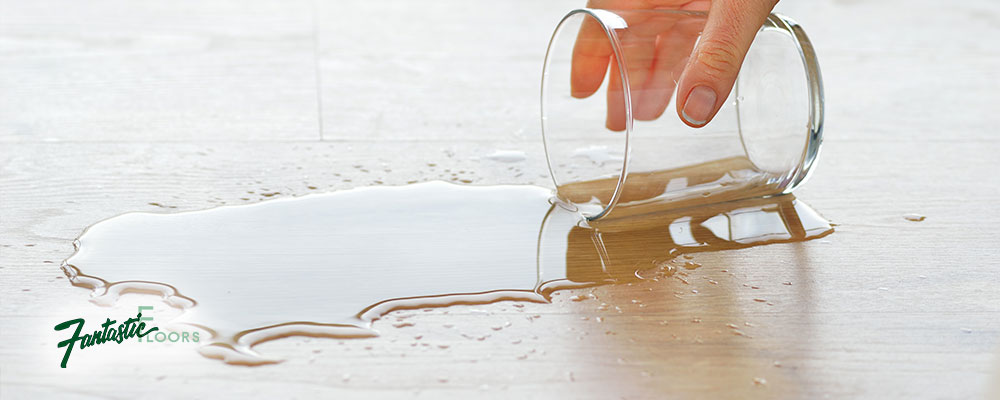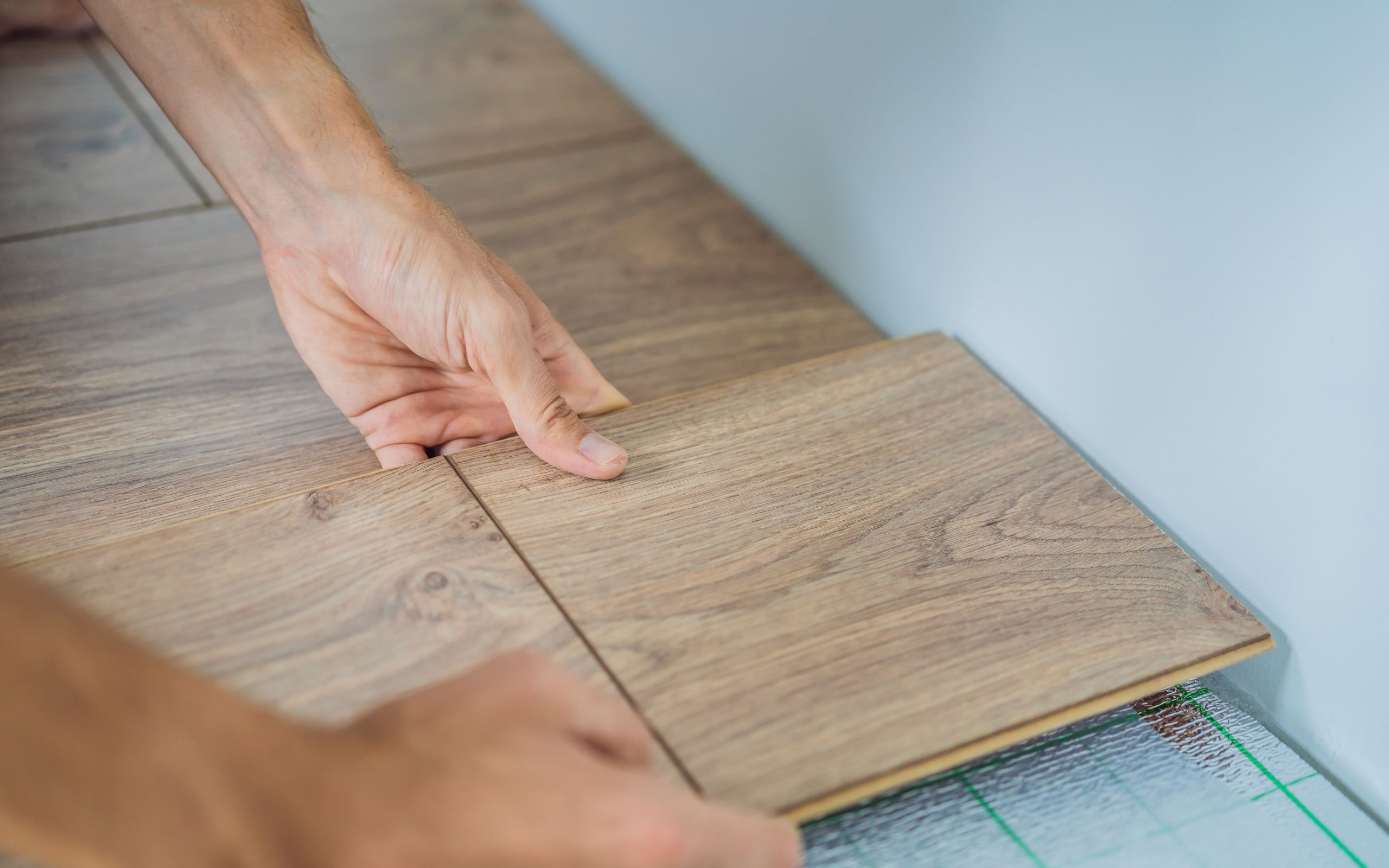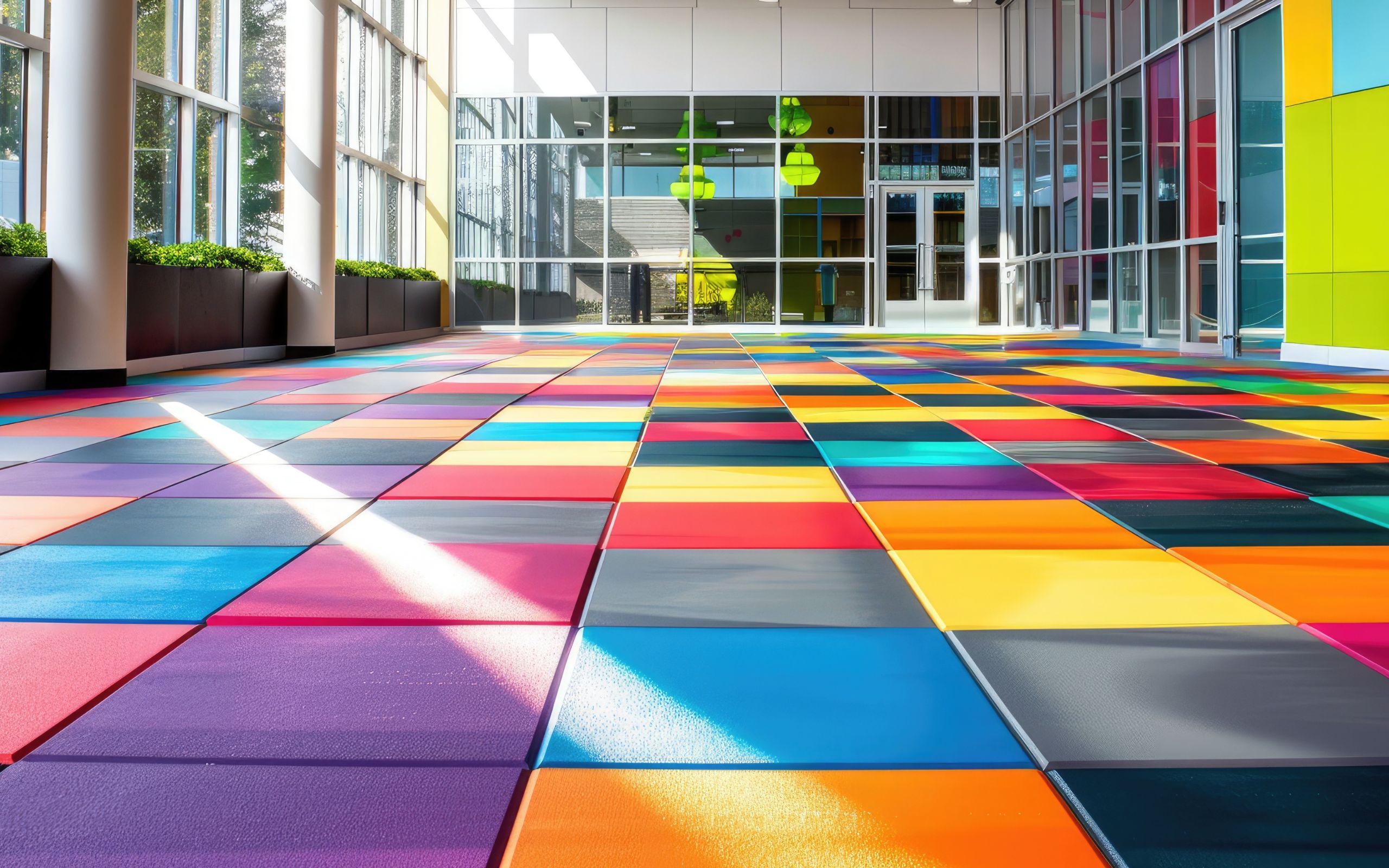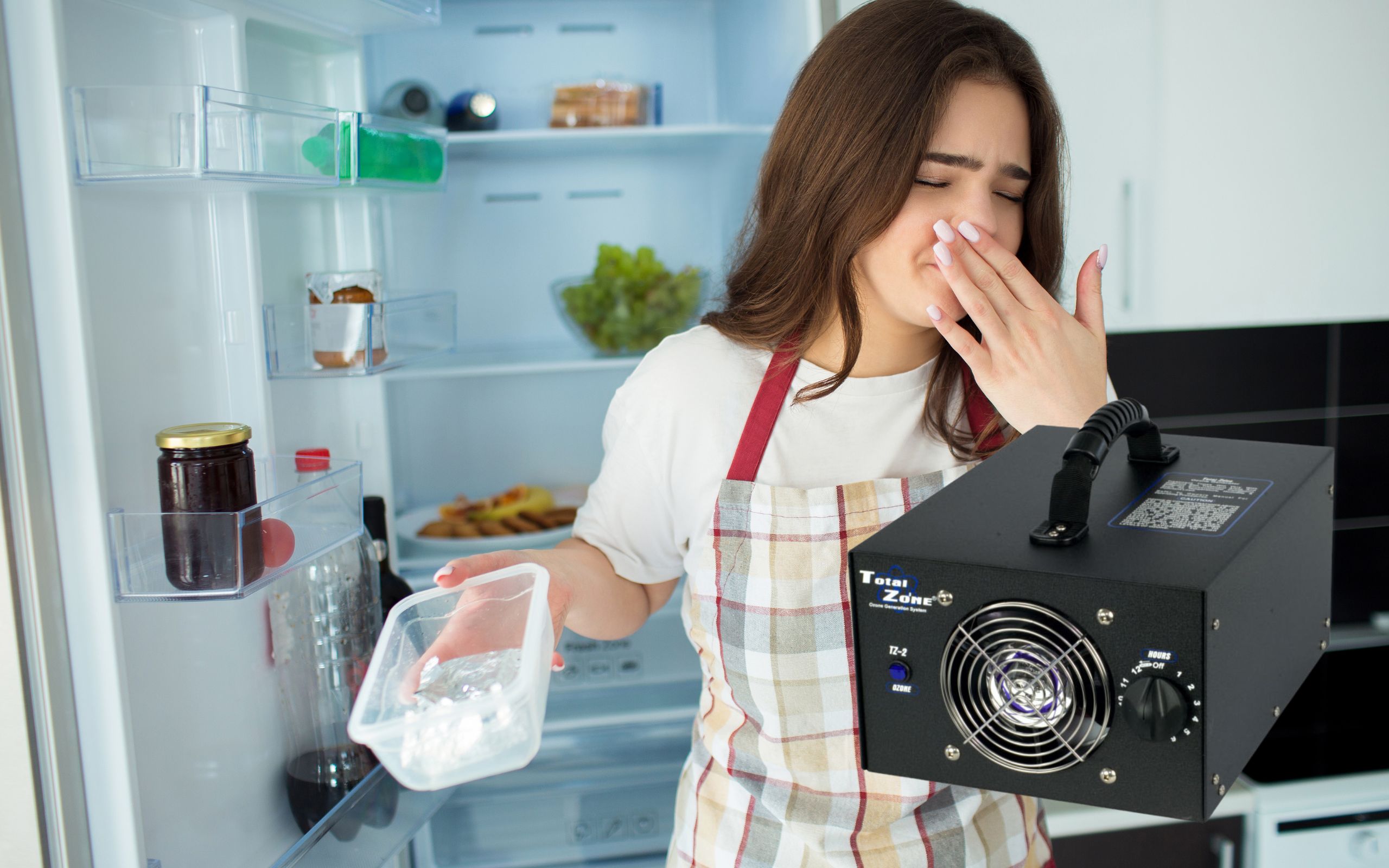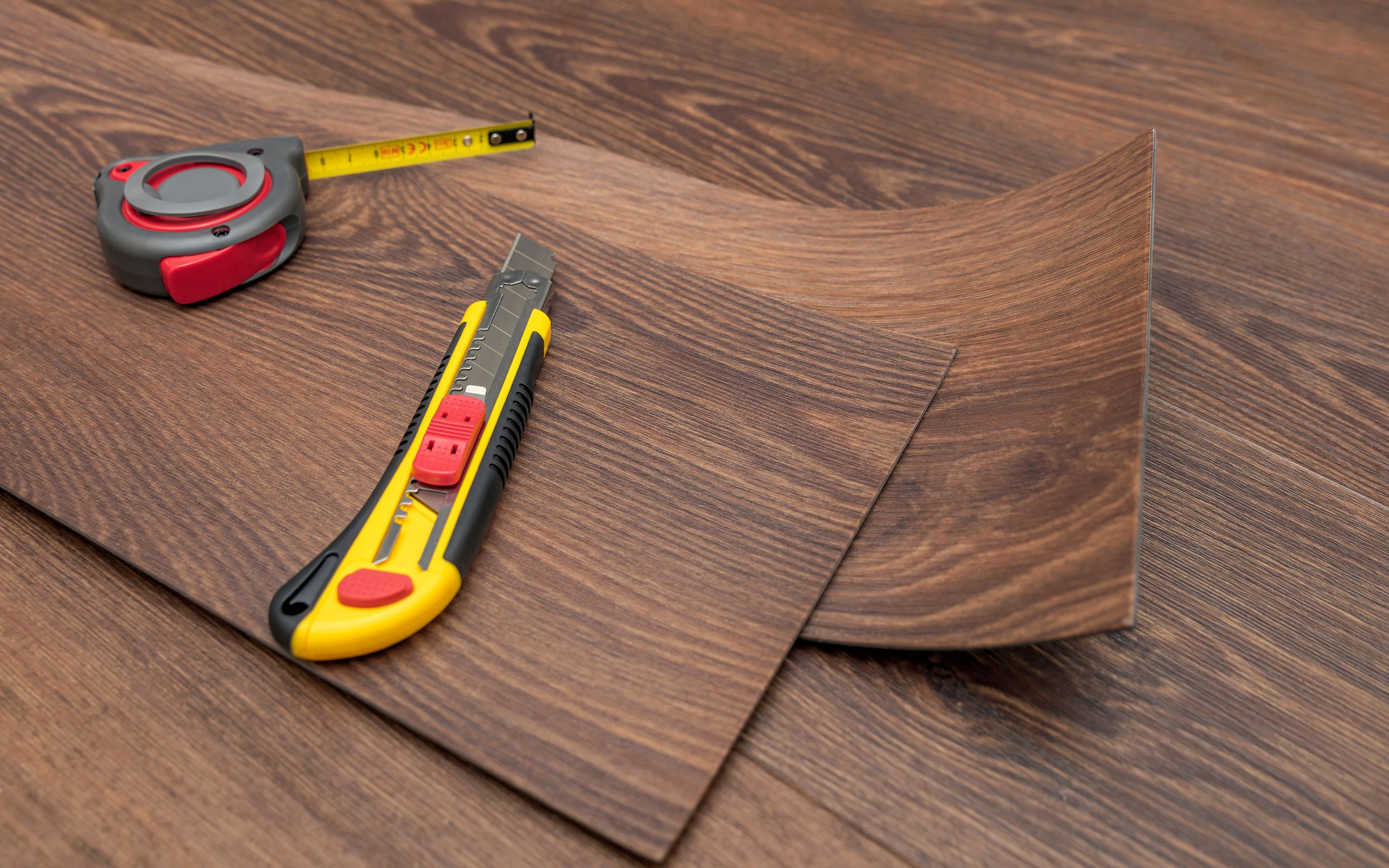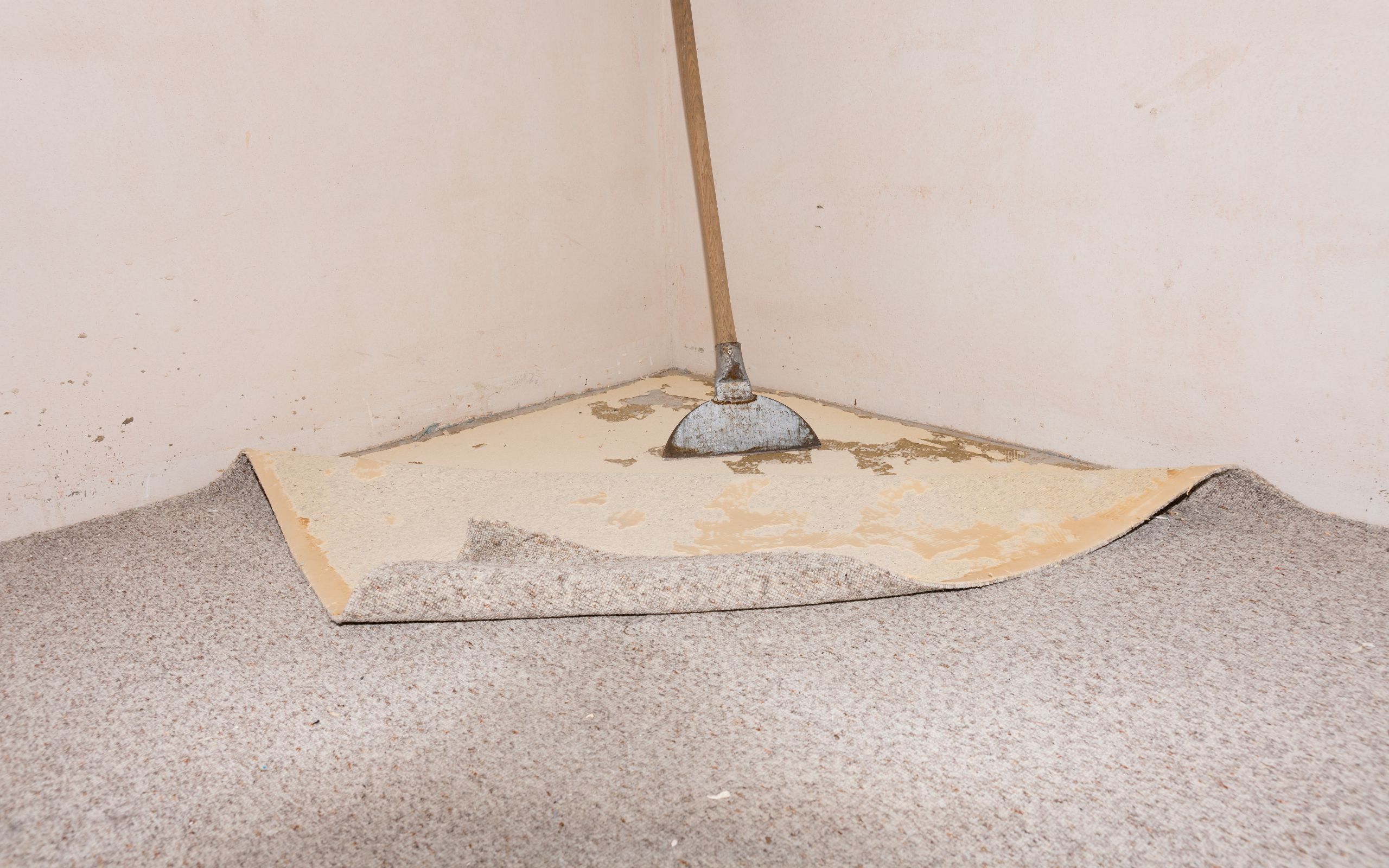Flooring Companies in Houston
Since the introduction of the first "click-and-lock" laminate flooring products in the 1990s, homeowners have been looking for types of laminates that are suitable for wet locations, such as bathrooms and basements. Laminate floors have become a favorite of DIYers thanks to their relatively low cost, attractive look, and easy installation, but laminate flooring products earned a reputation for being problematic wet locations. Even those forms marketed as "water-resistant" or "suitable for damp locations" are not nearly as well suited for bathrooms and similar locations as vinyl flooring or ceramic tile. Homeowners who install plastic laminate floors in busy family bathrooms often come to regret the choice.
The reason moisture is such a problem for laminate flooring has to do with its construction—in particular, its seams and its fiberboard core.
Laminate Flooring and Water: A Bad Mix
The problem that water creates for laminate flooring is not with the top layer, but with the core. Laminate flooring's core is little more than a dense type of fiberboard—an engineered product made from wood fibers. If you've ever seen a sheet of particleboard in the rain, you'll know how it bubbles up and crumbles like a wet soda cracker. Complicating the issue is the click-and-lock joining system used in laminate flooring, which makes it difficult to create perfectly tight seams. Seam gaps + a fiberboard core equals a flooring that will swell and delaminate when water seeps past the surface layer.
One little-known aspect of this moisture-and-laminate issue is that the moisture problem actually starts in the factory, not in the home. Flooring manufacturers have found that high moisture content in the fiberboard particles in the factory can result in poor adhesion of the top melamine wear layer.
Industry Response
For most of the time that laminate flooring products have been marketed for residential use, the industry advice has been to avoid installing them in moist locations, such as basements or children's bathrooms. Even the better products that have thick surface layers and are engineered to have close-fitting seams will almost always carry warnings regarding water, such as Armstrong's typical warranty caution, which noes that the flooring:
"[w]ill resist topical water damage, meaning that planks or tiles will not swell, delaminate or peak at the seams due to topical spills, provided that the liquid is wiped up and the floor is allowed to dry."
In other words, laminate flooring loses its warranty coverage if routine spills—or even melting snow or rainwater from shoes and boots—aren't wiped dry immediately. And this is no long-shot scenario. The most common cause of problems with laminate flooring is when moisture penetrates the seams and causes swelling of the fiberboard core and delamination of the surface layer.
With anything beyond a topical spill, such as a spilled glass of water or water dripping off your legs when stepping out of the shower, a laminate floor is in serious trouble. An overflowing washing machine, a leak on a refrigerator water line, even condensation dripping from the tank on your toilet, can cause serious failure of a traditional laminate floor.
In an effort to expand their market, manufacturers have tried to develop true "waterproof" versions of laminate flooring. Quick-Step, for example, offers several product lines with a proprietary coating they call HydroSeal that is applied both to the surface of the planks and the side grooves. But the warranty for the product's moisture resistance runs only 10 years, vs. the 25-year warranty on the basic construction of the flooring. And the moisture-proof warranty has many restrictions, such as installing the flooring in humid conditions, placing heavy objects such as refrigerators or kitchen islands on it, or leaving water puddling on the floor for more than 24 hours.
Other companies have altered the formulation of the fiberboard core, introducing more resins into the fiberboard in an effort to make it less susceptible to swelling and delamination. But virtually all of these products come with significant limitations and warranty clauses that make it clear they fall well short of being truly waterproof. The products can be made more water resistant, but no laminate floor that utilizes a fiberboard core can ever be said to be truly waterproof.
True Waterproof Laminate Flooring
Very tight seams and a water-resistant top layer will make a conventional laminate flooring suitable for cautious use in guest bathrooms, kitchens, and entryways, provided you are careful about immediately mopping up any spills that occur. But for a truly waterproof floor, the flooring material must be engineered with a different type of construction that eliminates the fiberboard core altogether.
A few manufacturers offer laminate flooring products made entirely of PVC plastic, and these products are completely suitable for basements, family bathrooms, and other wet locations.
- Parcolys: Based in Belgium, Parcolys offers truly waterproof laminate flooring made with a PVC core. It is 100 percent recyclable, stain-resistant, UV-ray-resistant, and has a 20-year residential warranty. However, availability in the U.S. is very limited.
- Dumaplast: Another European-based company, Dumaplast makes 100 percent PVC flooring that is similar to Parcolys, but with an additional feature: The underlayment is built into the planks. Here, too, availability in the U.S. is limited.
- Aquastep: Originally a product line within Parcolys, Aquastep is now its own brand, offering a waterproof and extremely strong laminate flooring that can even be used in garages. Aquastep uses a honeycomb PVC core and offers a good selection of wood-look, stone-look, and ship-deck styles. It is currently available through only one U.S. distributor in Massachusetts.
Luxury Vinyl Flooring: the Best Alternative
Although true waterproof laminates are hard to come by, you do have an option: luxury vinyl flooring (LVF).
LVF is sold in flexible tiles or planks and is a thicker laminated material with much better embossing than standard vinyl sheet or vinyl tile flooring. It is also 100 percent waterproof—can be submerged in water and will absorb no water whatsoever.
LVF manufacturers have been pumping out hundreds of exciting wood-look and stone-look varieties, such as teak, bamboo, cork, travertine, and bamboo. One downside of LVF is that the material it is not as thick as waterproof laminate. Aqua-Step clocks in at 8 mm; for LVFs, 8 mm would be considered very thick and very expensive. The average thickness of LVF runs a 3 to 5 mm. Luxury vinyl also comes with a luxury price—it is more expensive flooring than most laminates.
Source: thespruce
About Fantastic Floors, Inc. We are a successful company with more than 25 years of experience in the market, we have the infrastructure, high quality equipment, materials and supplies to achieve and exceed the expectations of our customers, allowing us to gain the confidence and loyalty for our services.
We have more than 500 residential, 300 properties and 25 commercial customers totally satisfied with our services.
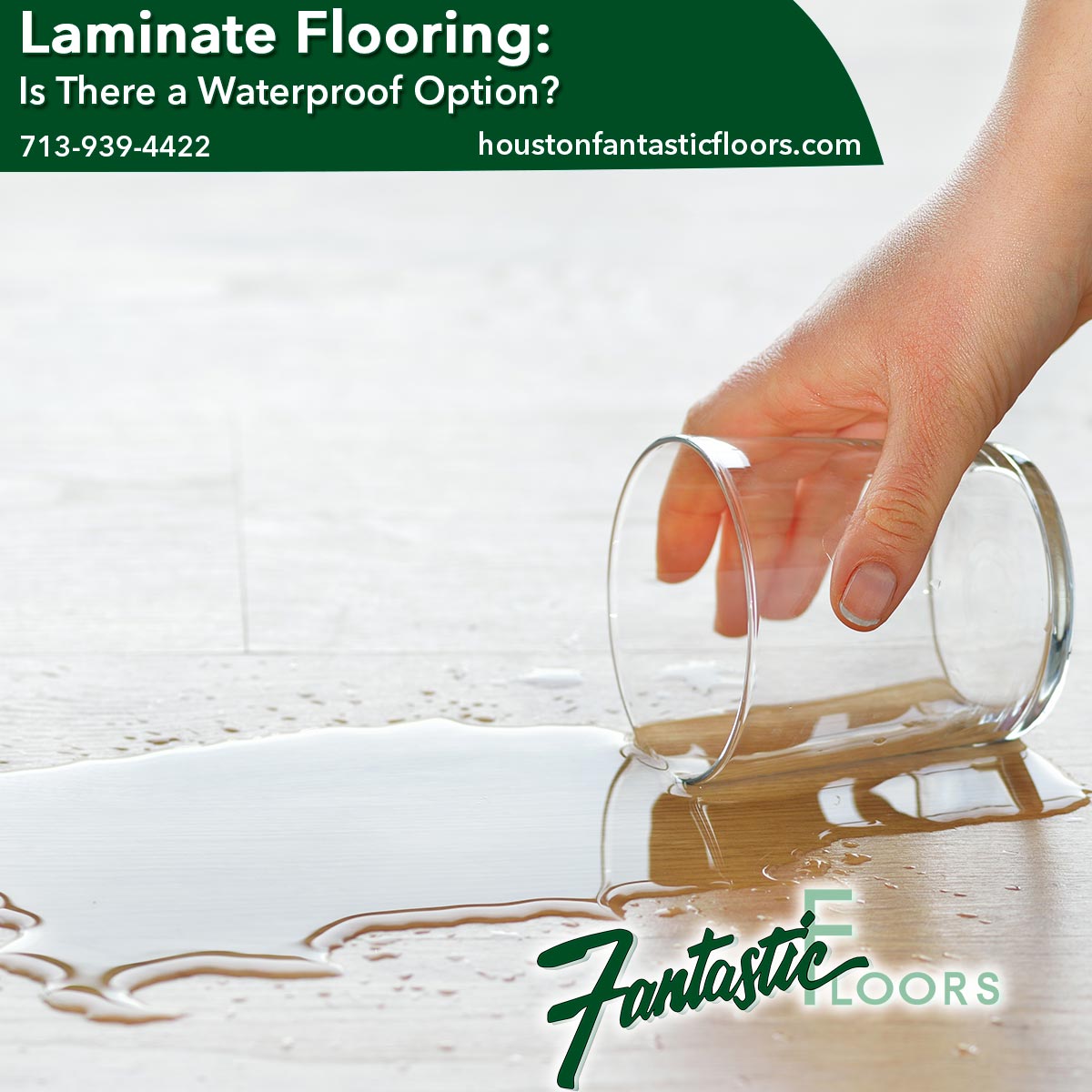
Flooring Companies in Houston.
Fantastic Floors, Best Carpet Installers in Houston, Best Floor Installers in Houston, A/C Duct Cleaning in Houston, Best Carpet Cleaning in Houston, Best Carpet Installation in Houston, Best Carpet Shampoo in Houston, Best Floor Installation in Houston, Carpet Cleaning Companies in Houston, Carpet Cleaning in Houston, Carpet Installation in Houston, Carpet Sale in Houston, Ceramic Tile Sale in Houston, Commercial Carpet in Houston, Commercial Flooring in Houston, Emergency Water Damage in Houston, Floor Installation in Houston, Flooring in Houston, Flooring Companies in Houston, Hardwood Floor Installation in Houston, Professional Carpet Installation in Houston, Professional Floor Installation in Houston
